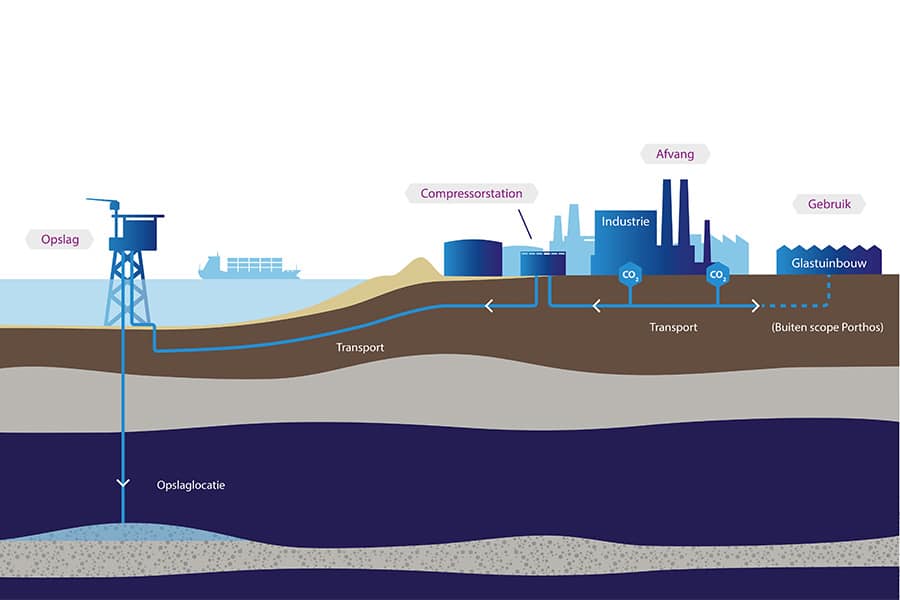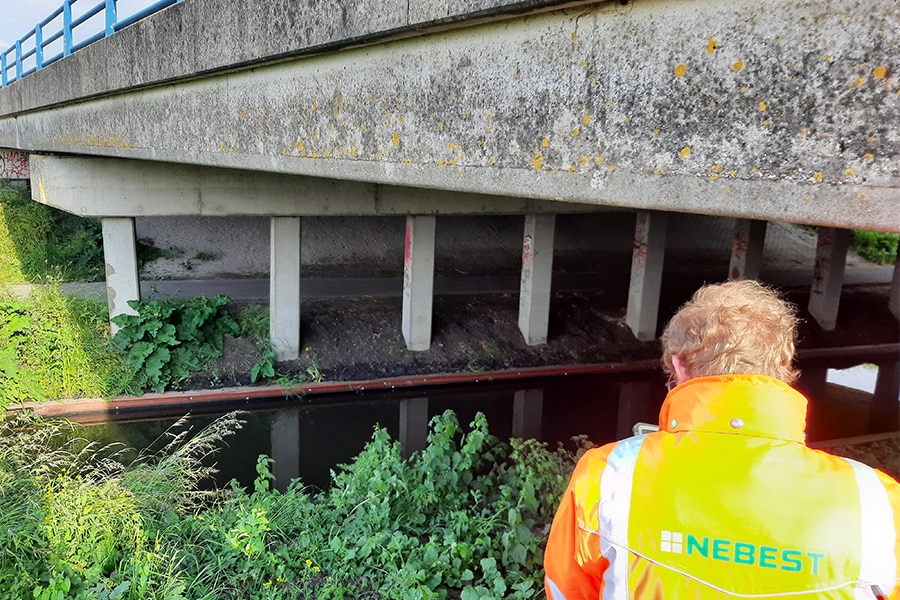
3D printed steel bridge: unique combination of form and construction
During the past edition of the Dutch Design Week (DDW) in Eindhoven, it was in the full spotlight for the first time: the 3D-printed steel bridge by the Amsterdam start-up MX3D. Visitors to the event loved the construction, and its reward with the audience award of the Dutch Design Awards 2018 was well deserved. The bridge designed by Joris Laarman was praised in part for the scale leap that has been made within the research into 3D printing. According to the jury, this has opened the gate towards other major public applications within the architecture and metal industry.
 (Image: Thijs Wolzak)
(Image: Thijs Wolzak)
The futuristic-looking bridge is not only the result of the thoughtful combination of form and construction, it also involved years of development and intensive testing. This is evident from the words of Gijs van der Velden, CEO and co-owner of MX3D. "Specifically, we have developed intelligent software that transforms welding machines into 3D robot printers. This makes it possible to create fully functional steel structures. With the realization of this bridge, where Arup contributed to the structural analysis and design as lead structural engineer, we have taken a wonderful first step in that context."

Outside the box
The technology developed by MX3D in collaboration with Autodesk, ABB, Lenovo and Heijmans, among others, is clearly distinct from traditional 3D printing methods. "Most 3D printers work with a 3-axis machine in a box," Van der Velden explains. "As a result, they are limited in terms of the size that can be printed. This technique is based on the out-of-the-box principle. Because it prints with 6-axis mobile industrial robots that connect pieces of steel point by point in the air, you are no longer limited to a square box within which all has to happen. Instead, you have all the freedom here to create infinitely large objects. From stainless steel, but also from other metals, such as aluminum, bronze and copper. Moreover, the technology is relatively inexpensive. For example, we use standard welding equipment and wire; components that have been developed over many years and have already proven themselves in practice."
 (Image: Joris Laarman Lab)
(Image: Joris Laarman Lab)
Intelligent
The 12.5-meter-long, 6.3-meter-wide bridge made of 4.5 tons of stainless steel and 1,100 kilometers of welding wire is a jewel to the eye. Next summer it will be placed across the canal of the Oudezijds Achterburgwal in Amsterdam's Red Light District. This will not only give the capital a striking eye-catcher, but also a highly intelligent one. "The structure is equipped with a network of sensors. The data obtained is used to monitor the condition of the bridge and to be able to measure its performance under different environmental conditions and changing dynamic loads," said Van der Velden, who is busy extending the success achieved on behalf of MX3D. "The focus is currently on developing the software even further and initiating new projects. We expect this project to be followed up appropriately in the form of bridges and bridge components, among other things. In addition, we are betting high on partnerships with other companies to start applying this technology in other areas as well."
Text | Chris Elbers
Featured image: (Image: Joris Laarman Lab)



